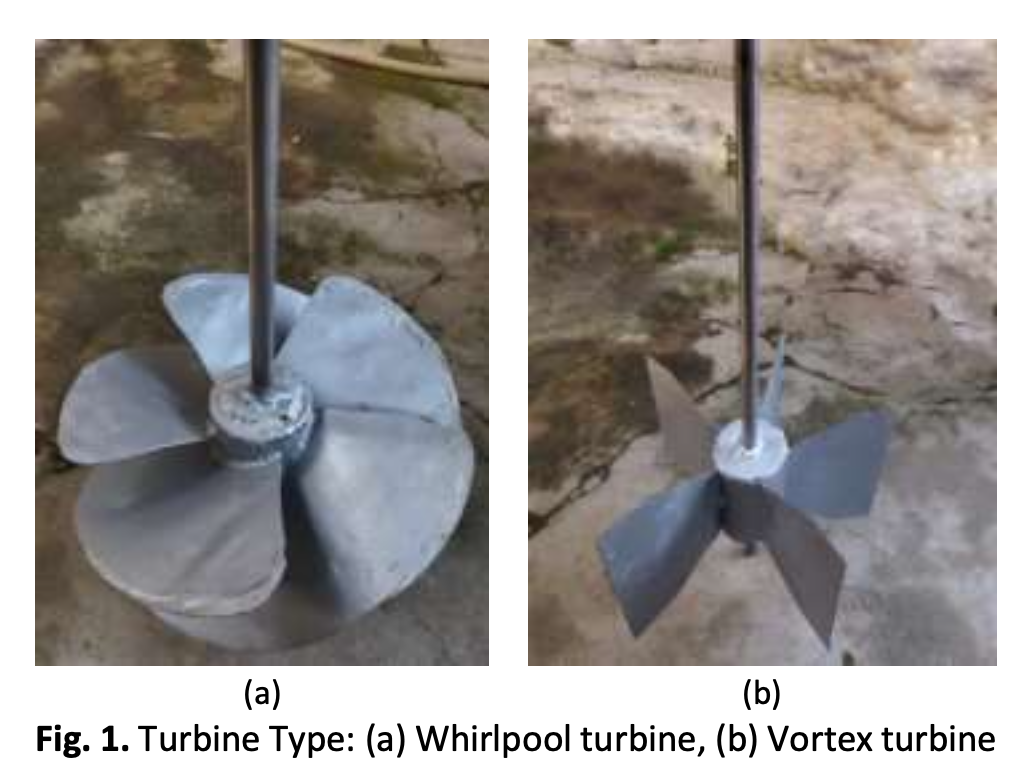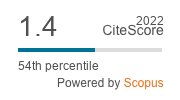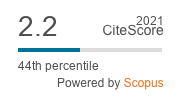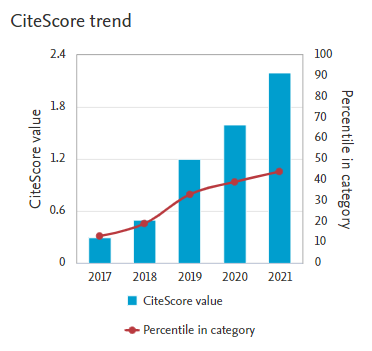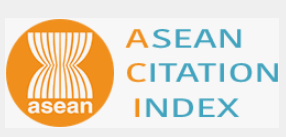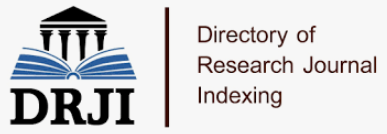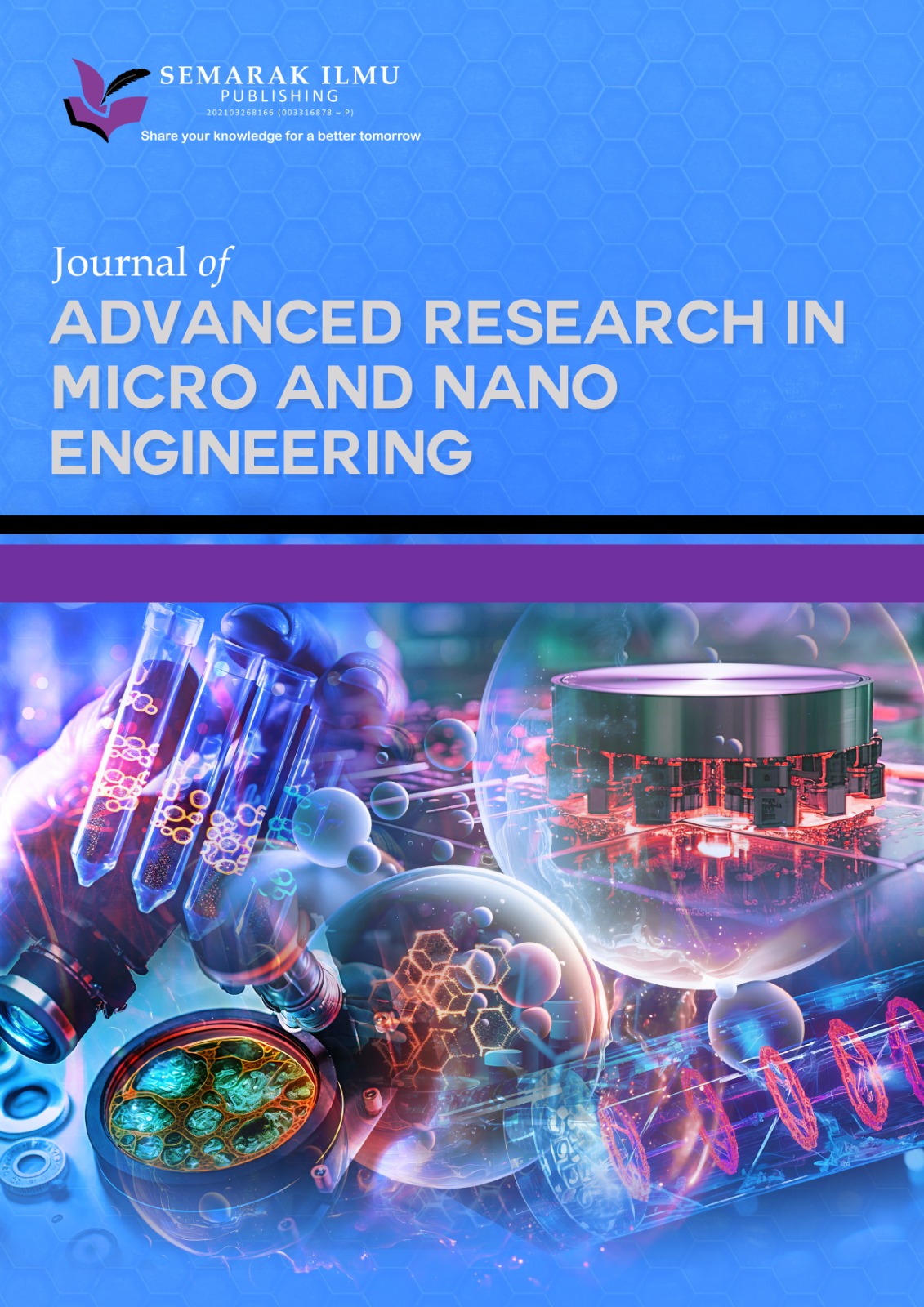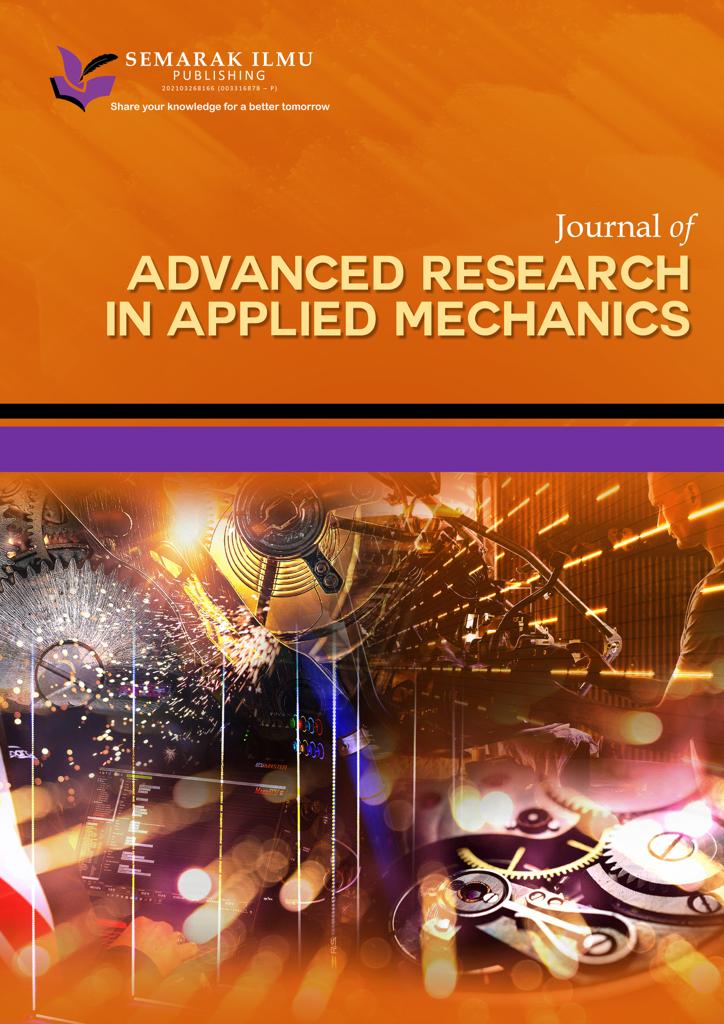Design and Comparative Analysis of Vortex and Whirlpool Type Turbines in Assessing the Performance of Micro Hydro Power Plant
DOI:
https://doi.org/10.37934/arfmts.119.2.1322Keywords:
Hydropower plant, turbine geometry, basin geometry, Gravity Water Vortex Power Plant (GWVPP)Abstract
Hydropower plants with a potential of 76,670 MW and mini/micro hydropower plants with a potential of 770 MW are crucial resources that are underutilized, with only 6% of this potential developed in Indonesia. This study aims to develop a laboratory-scale gravitational vortex power plant and evaluate its performance using two types of turbine blades: vortex and whirlpool. The focus is on determining the impact of blade geometry on power output and efficiency. The methodology involved using two turbine shapes: whirlpool and vortex and two conical basin angles: 67° and 58°. The water passage system included an upper reservoir, a water channel, and a turbine housing. Measurements of shaft rotation, electric current, voltage, and mass were recorded. The experiments, conducted at a constant flow rate of 6.75 L/s with head heights of 0.5 m and 0.67 m, revealed that whirlpool turbines generated higher average braking power compared to vortex turbines at both head heights. Specifically, whirlpool turbines produced an average braking power of 4.89 W at a head height of 0.67 m. Additionally, turbines with a 67° conical basin angle demonstrated better performance than those with a 58° angle. Generator power remained stable at a head height of 0.67 m for both turbine types but fluctuated significantly at a head height of 0.5 m, likely due to changes in water velocity and blade angle. The study concludes that whirlpool turbines are more efficient and generate higher average braking power than vortex turbines, especially at low water head heights. A conical basin angle of 67° enhances overall braking power performance. These findings suggest that whirlpool turbines are preferable for installations with lower hydraulic heads, while vortex turbines show increased efficiency at higher heads. This information can guide the selection of turbine types based on specific operational conditions, optimizing power generation efficiency.
Downloads
